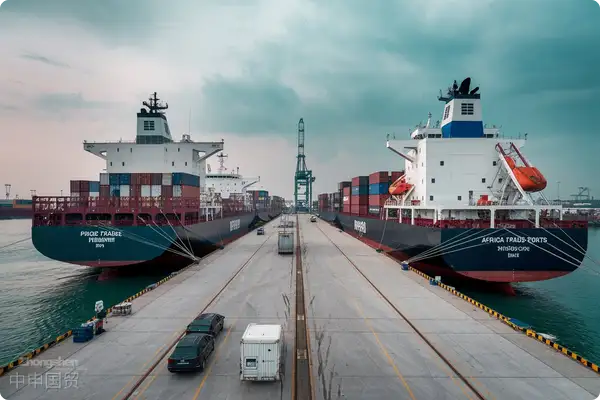- Shanghai Zhongshen International Trade Co., Ltd. - Two decades of trade agency expertise.
- Service Hotline: 139 1787 2118

Contents
ToggleThe Hidden Threshold Behind Agency Qualifications
The newly revised "Administrative Measures for the Import of Electromechanical Products" in 2025 clearly stipulates:SpecificEquipment ImportsThe corresponding level of agency qualification must be matched.A certain biotech company once faced issues due to the agency's lack of Class IIIMedical EquipmentBusiness filing resulted in the sterilization equipment worth $1.2 million being held at customs for 38 days. Special attention must be paid in practice:
- Please verify the agent's "Statement of Account"foreign tradeBusiness Scope of the "Easy Business Operator Filing Form"
- Verify the validity period of the special equipment manufacturing/sales license.
- Medical device categories require verification of the CFDA filing code.
- Pressure vessel categories must possess TSG certification.
Correction of Cognitive Bias in Tariff Classification
After the adjustment of the 2025 version of the HS Code by the General Administration of Customs, the misclassification rate for precision instruments has increased by 12%. A typical case shows that a company mistakenly classified an industrial CT scanner (9022.19) as medical equipment (9018.90), resulting in overpayment of taxes amounting to 236,000 yuan. Professional agents should possess:
- System implementation capability for pre-classification services
- Functional Breakdown Declaration Techniques for Non-Standard Equipment
- It is recommended to verify through the following methods:The interconnected application of the Ming Dynasty and free trade agreements
Precision calculation model for logistics solutions
Equipment transportation costs often account for 15%-28% of total import expenses. A semiconductor company achieved a 31% reduction in transportation costs through a professional agency optimization solution:
- Oversized equipment transportation requires applying for a special permit six months in advance.
- Precision instruments are recommended to be maintained at a constant temperature.Maritime Transportation+陸運門點直送
- The disassembly and packing of equipment shall comply with the ISO 1496 standard.
Practical Blind Spots in Technical Acceptance
An automobile manufacturer failed in its claim for equipment rust damage due to not conducting on-site unpacking inspection when importing stamping equipment. It is recommended to establish a three-level acceptance mechanism:
- First Scene: Visual Inspection of Port Containers
- Second Site: On-Site Inspection of Factory Flooring
- Phase 3: 72-Hour Continuous Operation Test
Dynamic Monitoring System for Compliance Management
Professional agents should establish a full-lifecycle management system for equipment, with a focus on monitoring:
- Environmental Impact Assessment Compliance Certificate for Imported Used Equipment
- Customs recordation of software copyright
- Special Equipment Annual Inspection Reminder Service
The pathway to breaking through technological barriers
In response to the new EU CE certification regulations (2025/478/EU), a tiered response strategy is recommended:
- Class A equipment: Declare compliance with EN standards in advance.
- Class B equipment: Prepare a complete TUV test report.
- Class C equipment: Application for EU authorized representative registration
By systematically managing the above six dimensions, professional import equipment agents can help enterprises reduce hidden costs by 18%-35% while shortening customs clearance time by over 40%. Choosing an agency with full-chain service capabilities will be a critical decision for the success of equipment imports.
Related Recommendations
? 2025. All Rights Reserved. Shanghai ICP No. 2023007705-2  PSB Record: Shanghai No.31011502009912
PSB Record: Shanghai No.31011502009912










